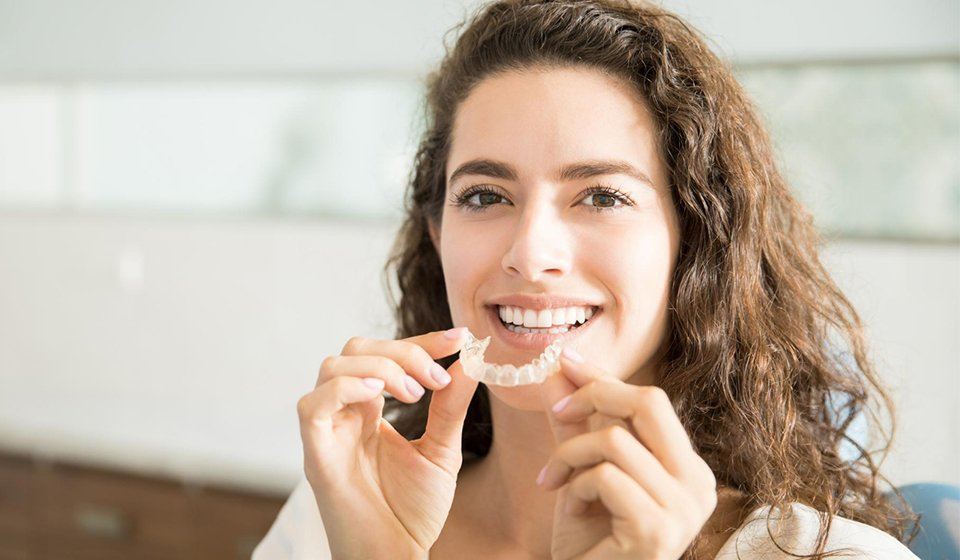There are alternatives to traditional braces for orthodontic therapy. A well-liked substitute called Invisalign provides a discrete and practical solution to straighten teeth. On the other hand, conventional braces have been the standard treatment for decades. Understanding the distinctions between Invisalign and conventional braces will help you choose the orthodontic treatment in Washington, DC, that best fits your lifestyle. Here, we will contrast traditional braces versus Invisalign, taking into account several variables that could affect your choice.
Aesthetics
Invisalign: Invisalign is made of clear, smooth plastic that fits securely over your teeth. Invisalign aligners are nearly unnoticeable. They provide a covert alternative that enables you to receive orthodontic care without calling attention to your smile.
Traditional Braces: Traditional braces include less obvious metal brackets and wires. While tooth-colored or translucent brackets have been developed in orthodontics, traditional braces are less noticeable than Invisalign.
Treatment Duration
Invisalign: Depending on how complex the situation is, the length of treatment may vary. The average length of time for Invisalign treatment is 12 to 18 months, however, certain cases may take longer.
Traditional Braces: Treatment times for traditional braces might last anywhere from 18 to 36 months. Based on individual needs and treatment programs, this time frame may change.
Convenience
Invisalign – you can remove your aligners when you’re eating, drinking, or brushing your teeth. With this flexibility, you have no constraints on enjoying your favorite foods or maintaining your regular dental hygiene regimen.
Traditional Braces: During therapy, traditional braces, which are fixed appliances, are left on your teeth. Although they are easier to wear consistently, they can make some tasks more difficult, such as eating sticky or difficult meals.
Comfort
Invisalign: Because the aligners are composed of smooth plastic, there is less chance that they may irritate or cause oral discomfort. They are free of any wires or brackets that can irritate or brush against delicate tissues.
Traditional Braces: As your mouth becomes used to the brackets and wires, traditional braces may initially cause mild discomfort and slight irritation. Temporary pain may also be brought on by frequent changes.
Treatment Monitoring
Invisalign- You normally receive a set of aligners as you advance through the various stages of treatment. By scheduling sporadic check-up sessions with your Invisalign dentist in Washington, DC, your progress can be monitored.
Traditional Braces: To progressively realign your teeth, traditional braces need to be adjusted and tightened regularly by your orthodontist. The progress you make during therapy cannot be closely monitored at these appointments.
Treatment Suitability
Invisalign: Invisalign can treat a wide range of issues, including crowding, gaps, and misalignments. Invisalign could be necessary for the best results in complicated orthodontic problems or severe misalignments.
Traditional Braces: Traditional braces are not adaptable and successful in treating a range of orthodontic difficulties, including more severe misalignments, bite abnormalities, and issues with jaw alignment.
Determine Which Option Suits Your Unique Situation
Your lifestyle, medical needs, and personal preferences will all influence your decision between Invisalign and conventional braces. For individuals looking for an orthodontic treatment that is less obvious, Invisalign provides a covert and practical choice. For more complicated circumstances, Invisalign delivers dependable and efficient outcomes. It’s crucial to speak with a skilled orthodontist at New Columbia Dentistry in Washington, DC, to find whether invisalign are best option for you. They will evaluate dental health and your treatment objectives and direct you toward the best option.

